'Monoblocco' 3525 Rolex Chronograph
If you love your Daytona, you should know its grandfather. This is the ref. 3525, not the first Rolex chronograph, but likely the first Oyster-cased Rolex chronograph. It goes by ‘Monoblocco’, ‘Barilotto’, and ‘Prisoner of War’ all as nicknames. The first two are easy to explain, the third I’ll get to in a second. Barilotto means keg, so-called for its overall case shape. The former, ‘Monoblocco’, you may be surprised to hear outside of a Royal Oak context. This is because the case, lugs, and bezel have been forged as one piece of steel, all together. That was quite unusual for its time and still is today. It is also a watch that predated the 1463 and partially motivated water resistant chronographs at Patek Philippe. Mostly though, it’s a seriously significant and beautiful chronograph that you don’t see too often in original condition. A Daytona that knows how to dress properly.

The 3525 made its debut in 1939. Something else fairly significant in world politics was going on in 1939 as well. Remarkably, Hans Wilsdorf made an order to his company that prisoners of war should be able to order Rolexes whilst imprisoned and, on good faith and a man’s word alone, pay later. It was the 3525 which was made available to prisoners of war. Several examples from known captured Allied officers have surfaced, with one having been made famous by an RAF officer who participated in the ‘Great Escape’ from Stalag Luft III. That watch went to auction and hammered at 189K US, which is a lot but not when you remember that the cheapest Le Mans on Chrono24 right now is 275K (don’t buy that one, it probably doesn’t even exist anyway). The point is that this watch helped fight the war, both on wrists of aviators and in giving hope to those captured. And that’s the third nickname.
The 3525 reference covers a range of dial varations and two calibers. This two-register is running a calibre 13 27 VZ made by Valjoux and sports a late production dial with three lines. It was available in yellow gold, pink gold, both bimetals, and steel. Interestingly, there are three production batches which the serials fall within: 40xxx-50xxx, mid 150xxx, and mid 300xxx. Hammer prices can range from 40K US for the lesser desirable configurations up to 255K at Phillips in 2015 for a particularly beautiful black dial with an oxidized black yellow gold case on bracelet. This is a reference that, more than most, is all about the details and condition. It’s the kind of watch you don’t hate if you’ve made it this far in reading. Kind of amazing they’re almost no more valuable than the rarer modern Daytonas. That seems like a fault in the matrix. It’s the Rolex chronograph equivalent of the Greatest Generation.


This example presents in great overall condition. Granted, this is just from looking at images, but the case appears relatively quite strong. The dial has a light patina and spotting, but in an attractive way that feels very honest. It comes from a well-regarded Italian retailer.














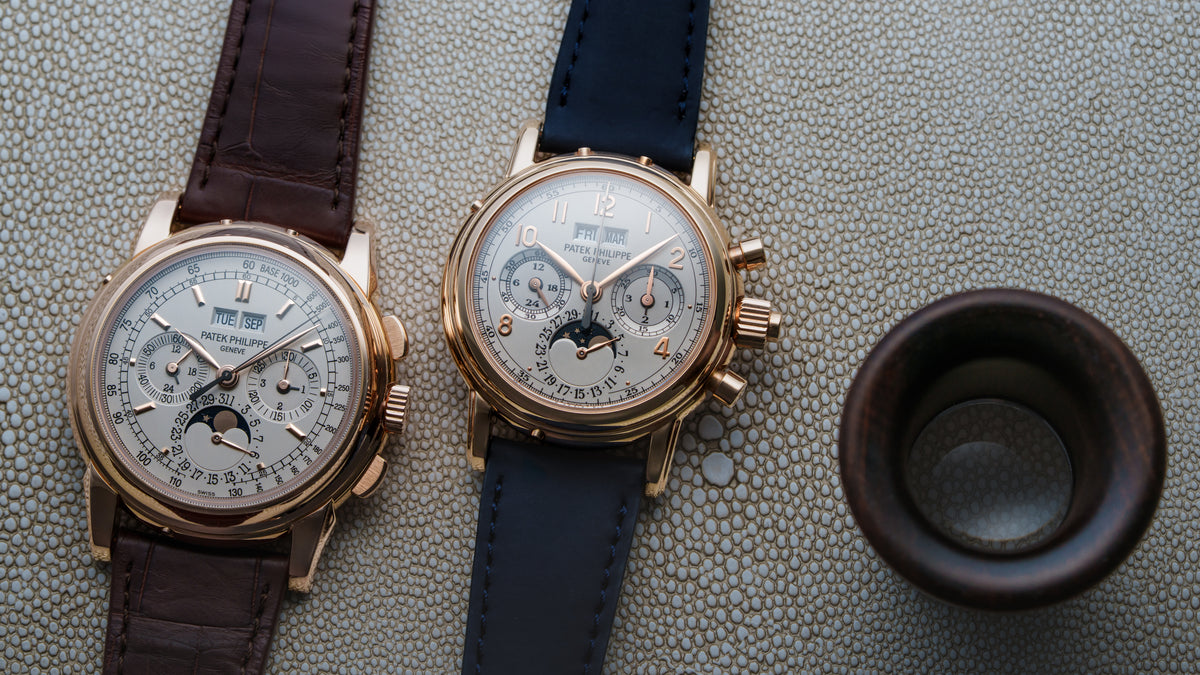









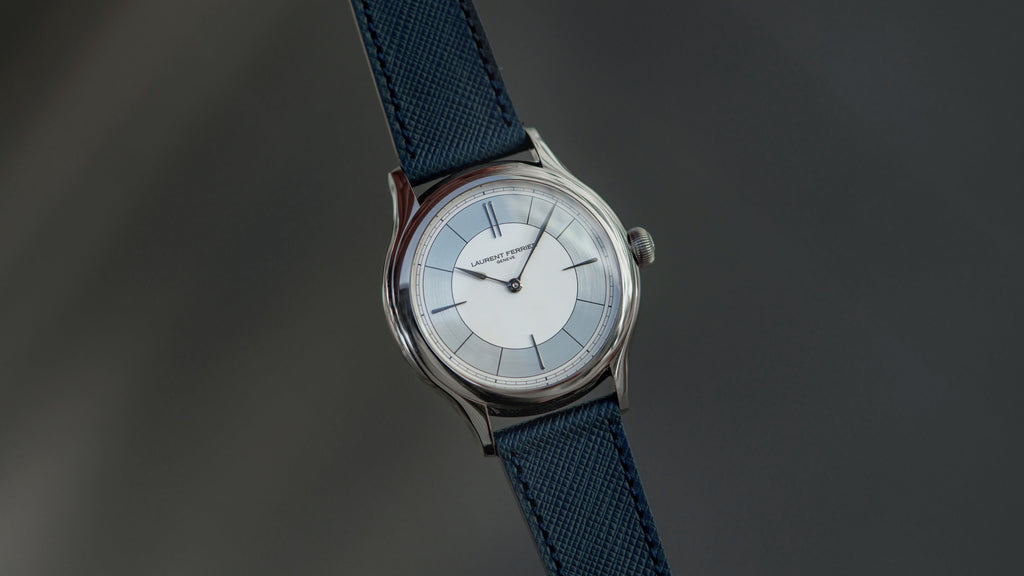

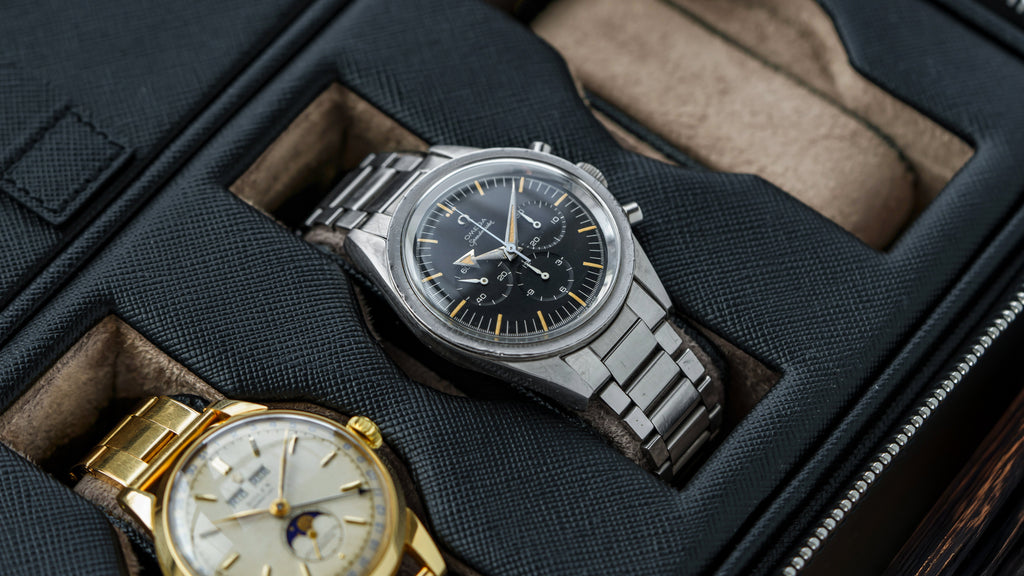

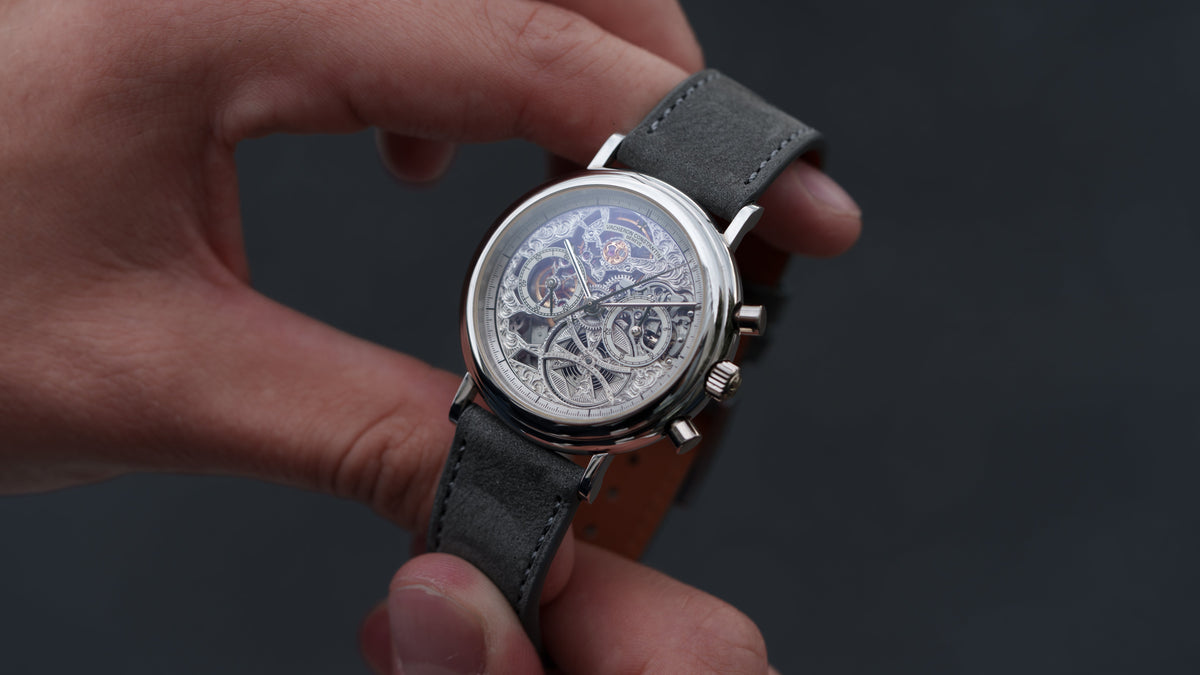
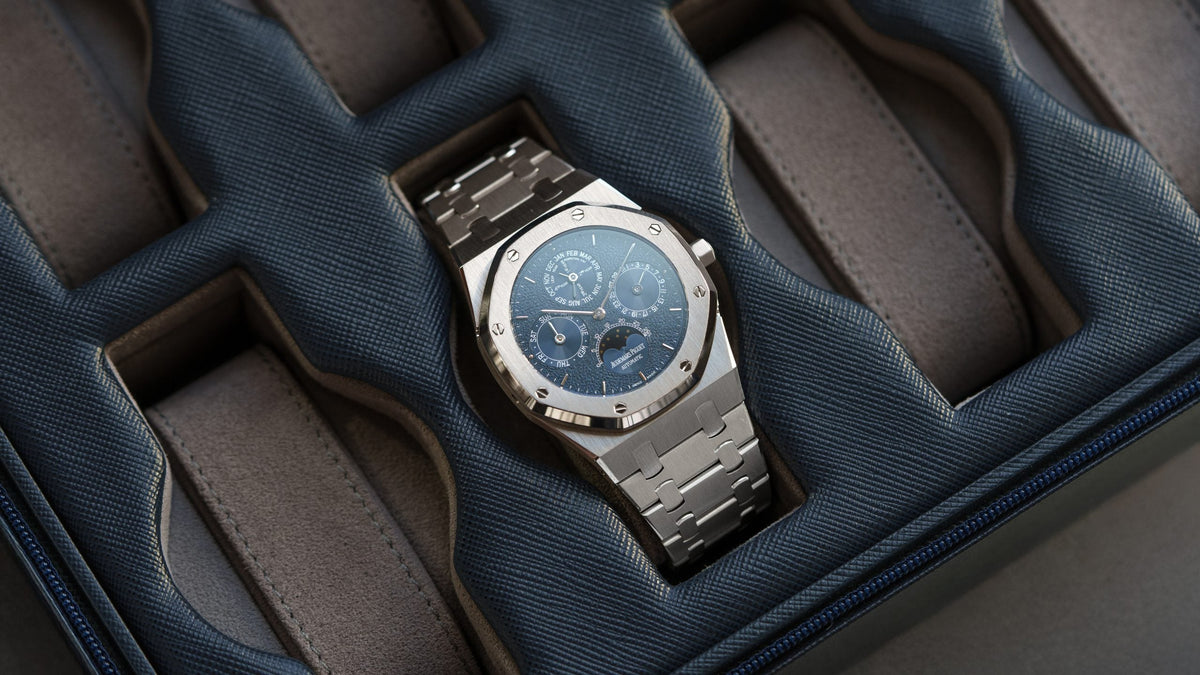


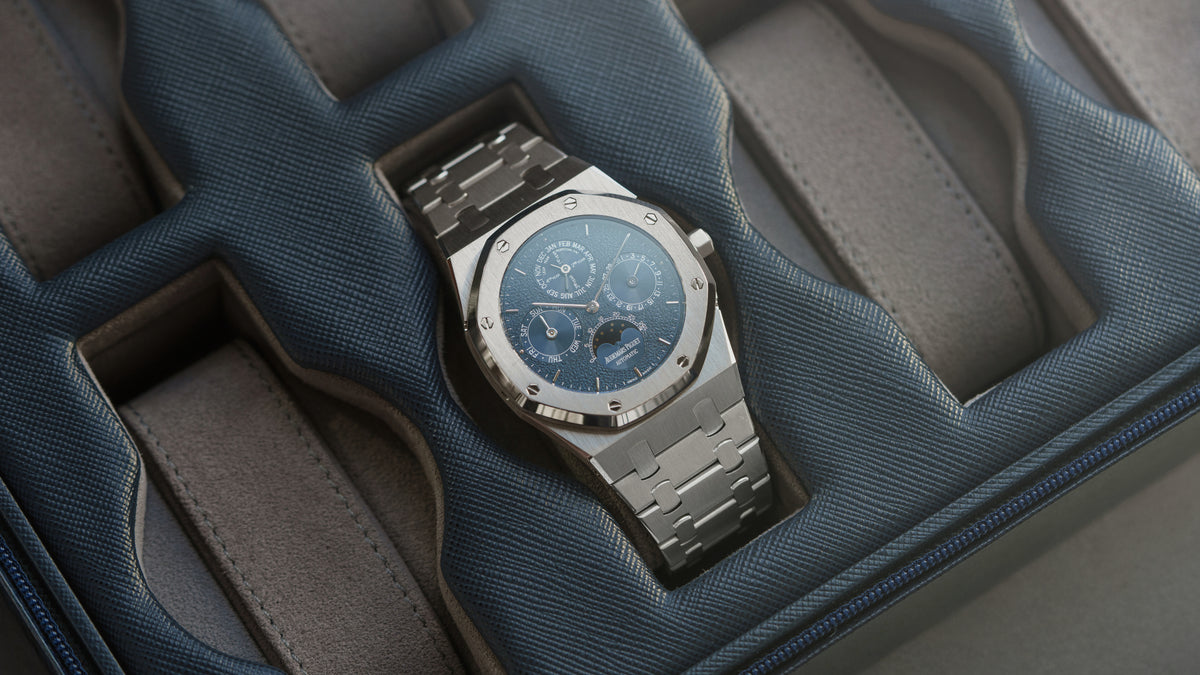
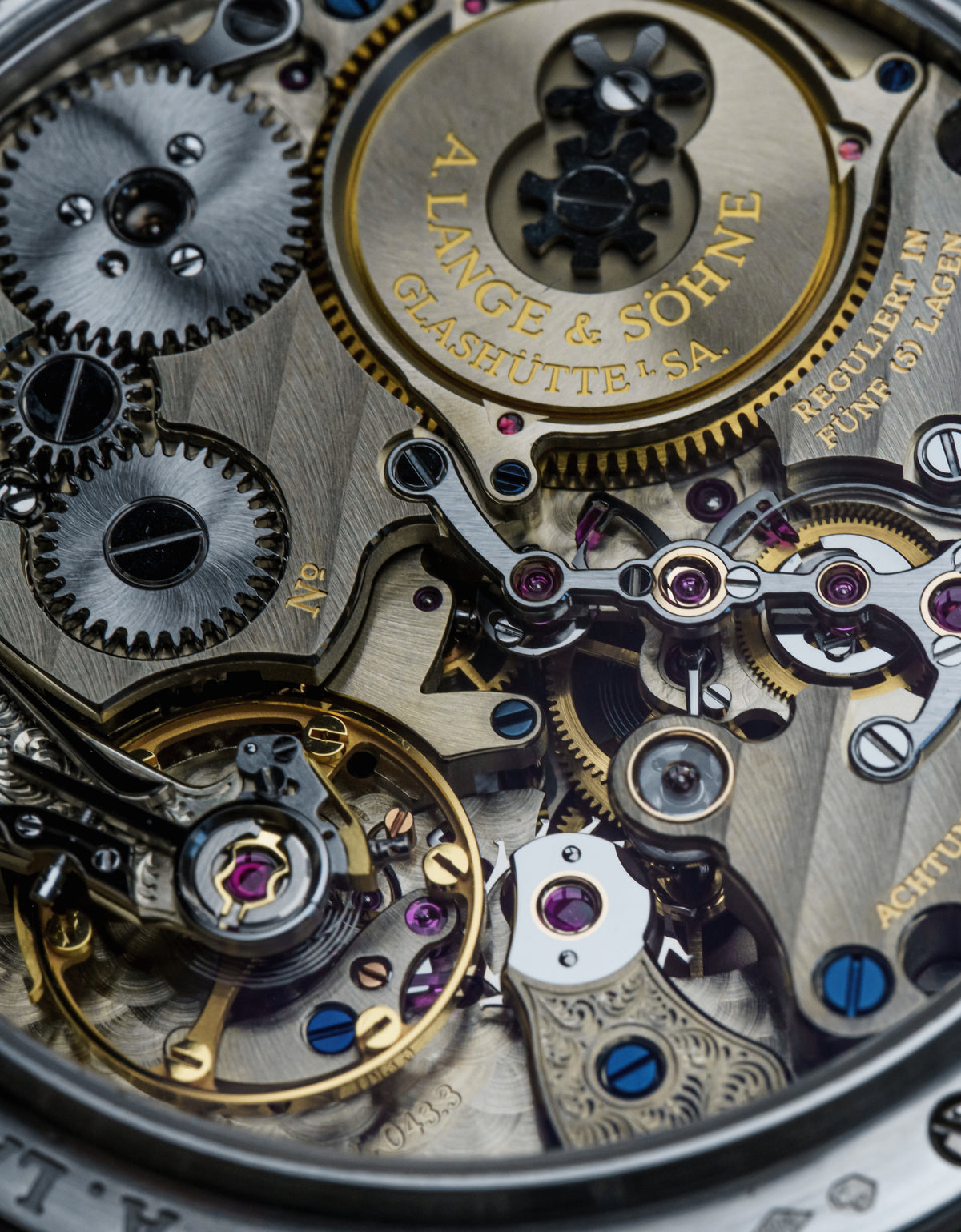

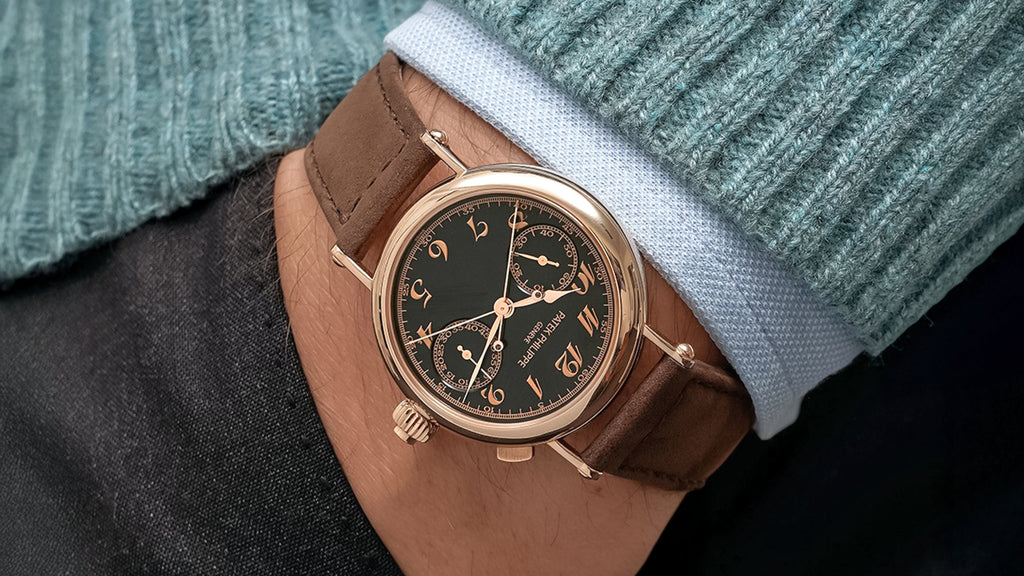
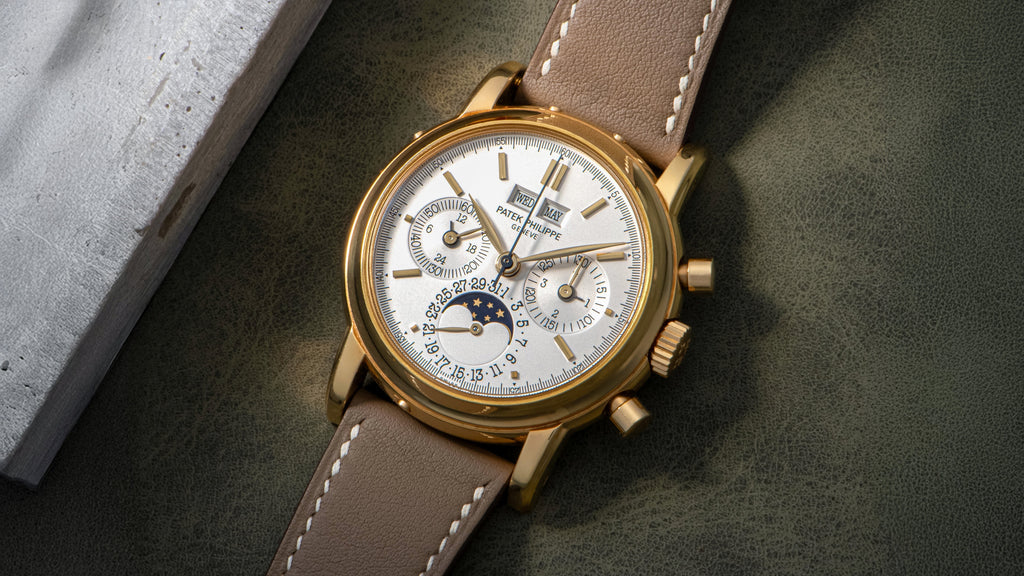
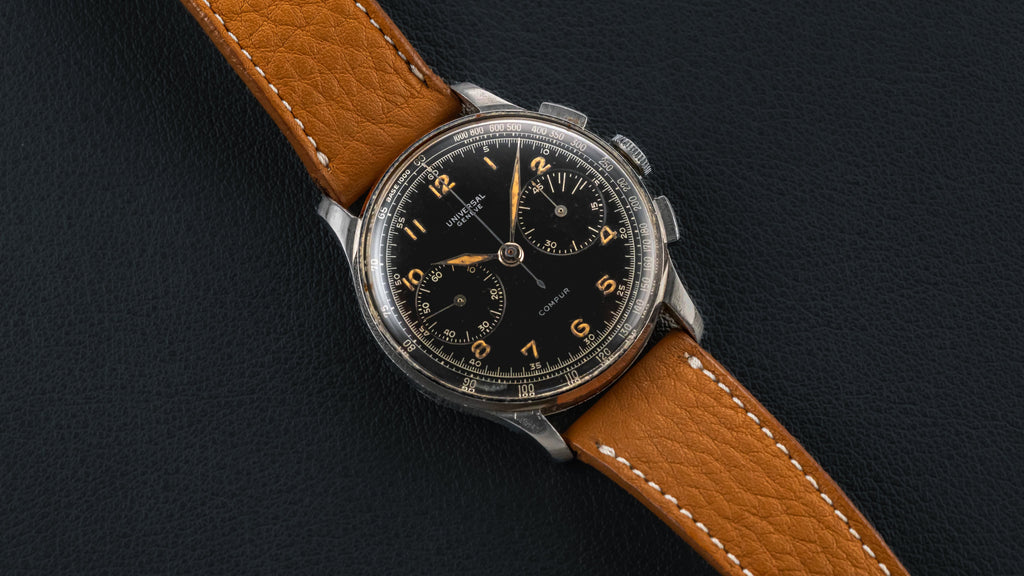
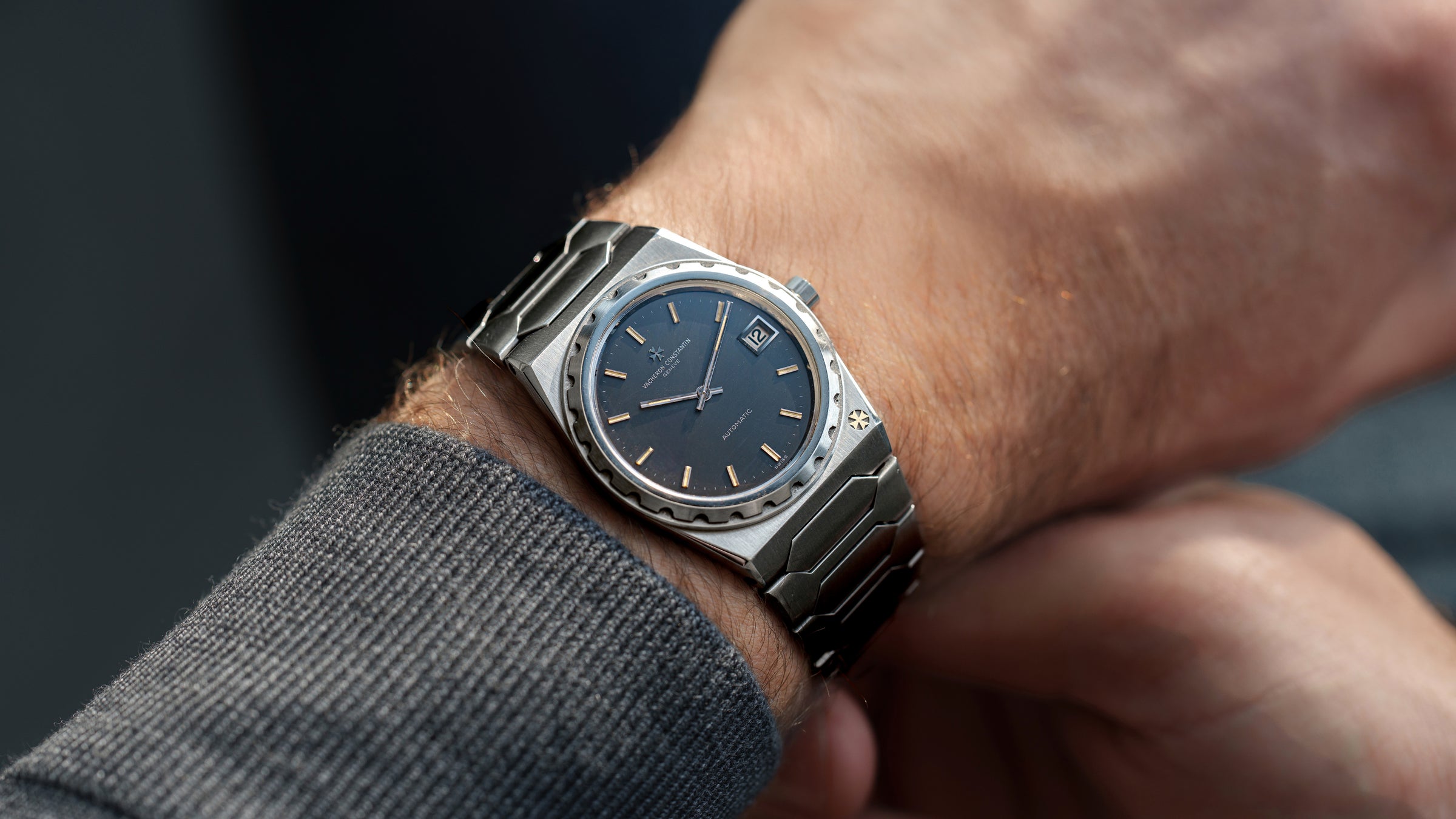
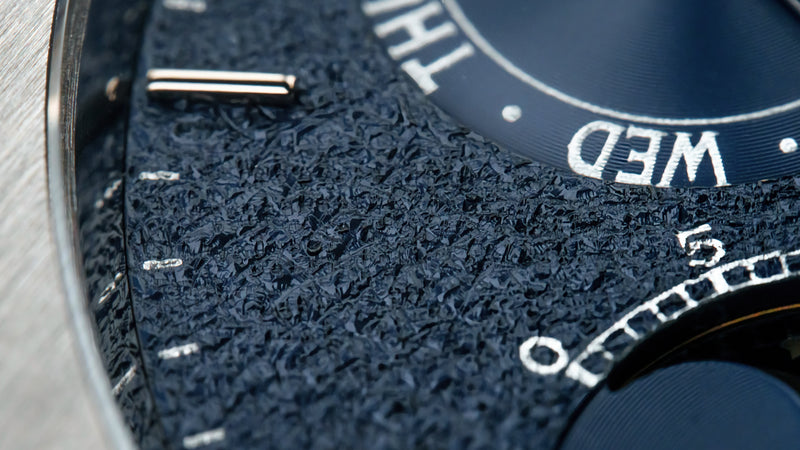

0 comments
Write a Comment